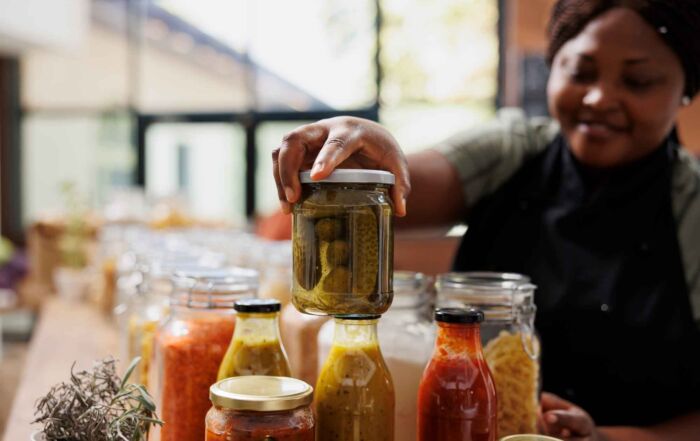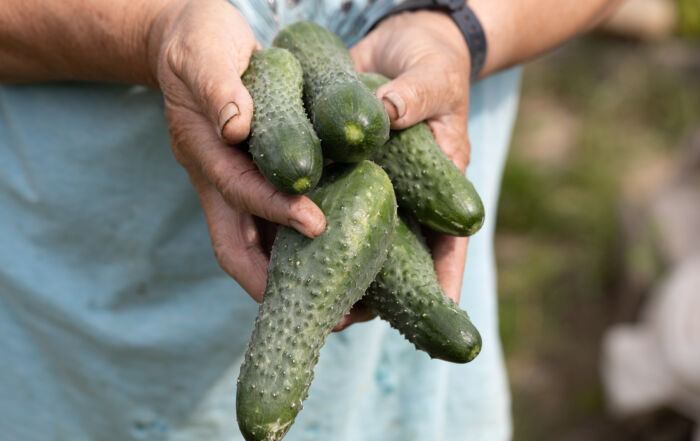30 Years Later: The Foodborne Illness Outbreak that Changed Food Safety
In January, we hit a major anniversary. One I am betting snuck by many of you – including me! January marked 30 years since the deadly 1993 E. coli O157:H7 outbreak at Jack in the Box restaurants on the west coast. The anniversary wasn’t on any of the major news networks that I recall. It did make it into a few newspapers, at least one or two of the newspapers that are left. It wasn’t until late-February that I realized it.
You might be asking yourself, why is such an anniversary noteworthy? I am betting many of our readers won’t necessarily understand or appreciate the state of food safety in the United States before this outbreak. To be honest, I’ve only read about the status of food safety pre-1993. I was just entering high school at this time, so the thought of the current status of food safety in the United States was not necessarily top of mind for me.
To understand what changed, it is important to understand the outbreak, too. Some of you may be familiar with it but may not necessarily know some of the details. It wasn’t the first E. coli outbreak in the United States, and it certainly would not be the last.
One could argue that without a Jack in the Box-like food safety incident, we wouldn’t have the advanced food safety system in the United States that we have today.
In 1982, another fast-food behemoth, which I affectionately call the Golden Arches Supper Club, was at the center of an E. coli outbreak that would sicken 47 individuals across two states. But, at the time, the government really didn’t name names of the source of outbreaks nor was the information broadcast much to the public. Even if it was, it may have fallen upon deaf ears.
While it barely made the news, McDonald’s took notice and outsourced research into the issue. The microbiologist they hired recommended new clamshell-style grills that were not to be opened until the meat was thoroughly cooked. This may have been one of the first instances of removing the “human element” from the food production system to protect food.
Fast forward 10 years. Bill Clinton was set to become the nation’s 42nd President in late-January 1993. But on the west coast, investigators were receiving word of widespread illnesses among the public that were causing concern. In the end, 73 different Jack in the Box restaurants were linked to the illness that caused over 700 people to fall ill, of these, 171 were hospitalized and four children died. In his first month in office, President Clinton would be responding to questions about the outbreak from parents of a child who died from the outbreak.
As a result of the outbreak, the Federal government made sweeping reforms to food safety policies and practices. E. coli O157:H7 was upgraded to a reportable disease by health departments across the United States. Slaughterhouse practices, including product testing and overall operations, were improved. In fact, meat and poultry inspections worldwide were changed as a result of the outbreak. The Model Food Code was updated to increase the end-point-cooking temperature of ground beef from 140°F to 155°F. Restaurant operators started to focus more on eliminating cross contamination and the importance of food safety education for those on the frontline of restaurants across the United States became paramount.
One could argue that without a Jack in the Box-like food safety incident, we wouldn’t have the advanced food safety system in the United States that we have today. But, for those four children who died from the outbreak and countless others who suffered, what a price to pay. The famous food safety attorney, Bill Marler, who represented Jack in the Box patients was left wondering if the 1982 McDonald’s outbreak had made national news like the Jack in the Box outbreak did, would the Jack in the Box outbreak ever happen? Perhaps it would and perhaps it would not. Had the McDonald’s outbreak made national news, would we be 10 years more advanced in food safety than we are today?
If you’d like to read a bit more about E. Coli and how you might protect yourself and your establishment, check out our previous blog on the issue. Later this month, be on the lookout for our first SafeBites Webinar Series to be released! We have an exciting set of webinars that we are planning this year. In the meantime, if you have any food safety questions, we are a quick email away and would be happy to assist. Risk Nothing.
READ MORE POSTS
Why Canning in Foodservice Really Isn’t a Good Way to Preserve Fresh Produce
Canning has long been a trusted method for preserving fresh produce, offering a way to extend [...]
Managing Food Safety During the Foodservice Holiday Rush
The holiday season is a time of increased activity and demand in foodservice operations, from catering [...]
Ongoing Outbreaks: What We Can Learn from the Most Recent Carrot and Cucumber Outbreaks
Last month in our blog, we highlighted the recent E. Coli outbreak stemming from onions served [...]
The Hidden Dangers: Allergens in Your Foodservice Operation
It has been a while since we have addressed or discussed allergens in the blogs. In [...]










